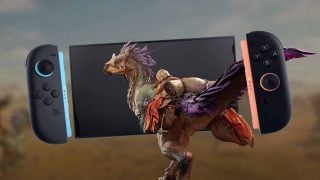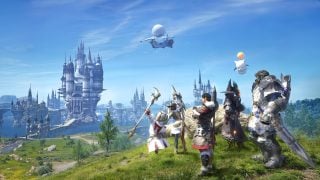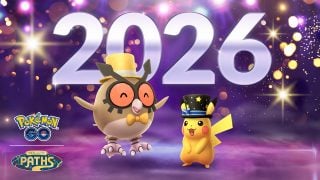During yesterday’s Nintendo Direct, it finally happened — they announced the localization of a long-dead JRPG, one that had remained Japan-only for decades and seemed destined to fade into obscurity with only a small cult following. But now it not only comes to western shores for the first time, it does so with a full-fledged remake, bringing an acclaimed niche title to a much more massive audience for the first time. It was an occasion that should have been worth celebrating. Only it wasn’t the game people were expecting.
It’s not as if people were upset by the Nintendo Direct’s reveal of Live A Live, the late ’90s Square game crossing a multitudes of eras, places, and protagonists. In fact, the whole presentation was pretty much perfect for JRPG fans, especially those who love the ’90s — a remaster of Chrono Cross, one of the most unfairly maligned and strikingly gorgeous sequels of all-time; Xenoblade Chronicles 3, a blockbuster epic that served as the show’s cap (and the latest in a franchise spanning all the way back to Xenogears), and of course the release of EarthBound and EarthBound Beginnings on Nintendo Switch Online. But that last one in particular was somewhat of a sticking point with people, as you can’t bring up EarthBound without another game’s name entering the conversation.
Now, I need to establish some bona fides. I’ve been an EB fan since 2008 or so, for all of my adolescent and adult life. I use to trawl Starmen.net daily for news of the SNES game coming to Wii Virtual Console. I called in to Nintendo of America’s offices to ask for it. I would watch YouTube videos of fans dunking on Reggie as a Giygas-level void of evil (pretty funny in retrospect). When EarthBound finally came to modern gamers via the Wii U in 2013, it was the most excited I’d ever been — only to be topped by the release of EarthBound Beginnings in 2015. And I, of course, the entire time, have wished for nothing more than for Mother 3 — masterpiece, art form, and life-changing tragedy — to receive a western localization.
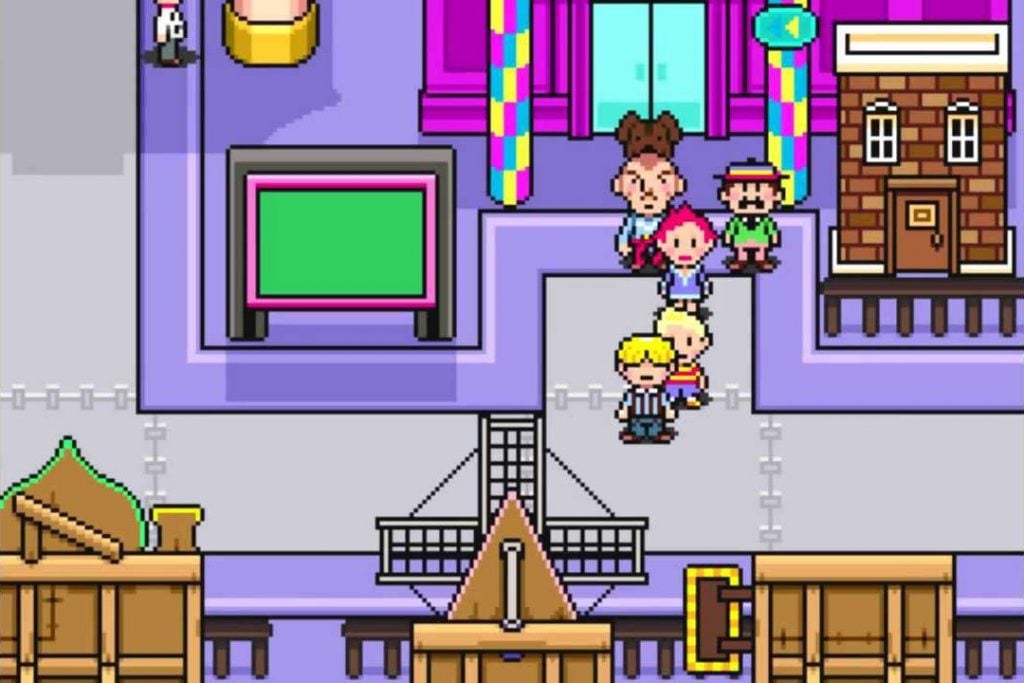
I could lionize about Mother 3, my second favorite game of all time (after only its predecessor) for this entire piece, but whether I do or not doesn’t really matter. At this point, large swathes of the internet, particularly the Nintendo-faithful, have already heard the mountain of praises and understood the pleas for recognition. But that, paradoxically, might be the rub. Almost everybody who would be interested Mother 3 at this point has probably heard about it. It’s not difficult to figure out a way to play it. So why do we demand to play it so fervently?
Once upon a time, this would’ve been a stupid question to ask. In 2006-07, back when the EarthBound fandom was still firmly at cult status, and few people had heard of the games beyond “where that one hat kid from Smash is from,” the urge to get the game localized was a plea for English-speaking fans to be able to play it at all. Many had waited over a decade to play a sequel to their favorite game — was Nintendo going to leave them in the dust? The answer was unfortunately yes, kicking off a chain of begging that has lasted over 15 years at this point.
The situation changed in 2008. For one, M3’s protagonist Lucas featured in Super Smash Bros. Brawl, bringing a ton of eyes and ears to the game’s story. And more importantly, the game received a fan translation headed by Clyde “Tomato” Mandolin that easily matches up to (if not surpasses) countless official translations. Now people could have a way to play the niche title, but there was still a clear reason to ask for a localization: signal boost. NoA’s marketing department was surely mightier than any word of mouth could ever be, right?
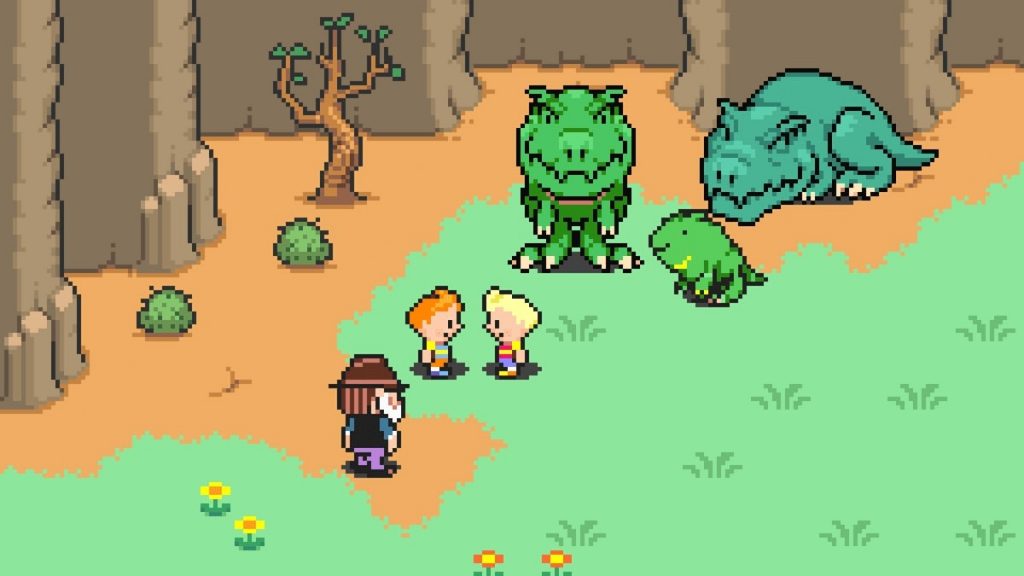
It’s important to remember that being an EarthBound fan was vastly a situation in the late ’00s and early ’10s. While the fanbase was growing, the games’ existences were never acknowledged by Nintendo outside of Smash Bros. EarthBound Beginnings (then known as Mother 1 or “EarthBound Zero”) hadn’t had an official release, despite a complete localization being found and posted online. EarthBound was well regarded by SNES enthusiasts, but it had no official rerelease during the Wii VC era (which was when Nintendo released the MOST retro games). It was easy to feel like the fanbase was the most spurned in all of Nintendodom — sure, Kid Icarus fans hadn’t seen a game in a long time, but it wasn’t as if its existence was being actively ignored by Nintendo.
Things changed during the ’10s in multiple ways. EarthBound’s influence on works that would become foundational for internet culture during this time — like Homestuck and Undertale — was becoming well-known. The rise of indie games meant quirky RPGs that could follow in its footsteps were being released. Continued exposure in Smash kept things going, especially with Lucas added as DLC to Smash 4 after being excluded from the base roster. The continued cries for virtual console — and Nintendo finally getting over whatever was holding them back — culminated in the release of EarthBound on a modern console in 2013, followed by the surprise release of EarthBound Beginnings in 2015. It would have been unthinkable a decade prior, but now western gamers could enjoy the first two Mother games — assuming they had a Wii U.
LOCALIZE MOTHER 3!
— Terry Crews (@terrycrews) April 30, 2021
But, of course, it wasn’t the big fish. The clarion call for Mother 3 rose over the decade, its cry growing in volume and notoriety. Robot Chicken made it a joke in one Nintendo E3 presentation. Reggie cracked multiple jabs about it in recent years. Even superstar Terry Crews, in the wake of an Old Spice ad he starred in aping the game, tweeted “LOCALIZE MOTHER 3!” in all caps. The wish for Mother 3 is no longer an earnest, niche hope — it’s a meme.
And that’s just the issue, isn’t it?
Requests for Mother 3 now rarely feel like ardent desires from fans to see their favorite game finally recognized, but mimetic demand echoed for the sake of itself. Less and less people discuss Mother 3’s actual qualities, its beauty, its artistry, and more and more they simply bicker about getting Nintendo-senpai to notice them. No longer is the release of an EarthBound product seen as a victorious step towards that goal, but an opportunity for tunnel-visioned jokes that make Half-Life 3 humor seem fresh and original.
In today’s age, anybody who wants to play Mother 3 can do so with little difficulty. If PC emulation makes you feel squirrely, buying carts of the game with the translation patch applied is pretty simple. One adorns my shelf as I type it. The name has such notoriety that, if you’re the type of person who would really resonate with it, you’ve probably at least heard of the game. It’s not to say that an official localization wouldn’t be big news that reaches more ears, but in a way the game’s JP-only status is almost part of its legend at this point, just as much a story as the tragedy of Lucas and his family.
Now, I don’t want to come across like I don’t want an official localization of Mother 3. I’ll probably want that until my dying breath. Stopping asking Nintendo for the game at this point would be foolhardy; we should never stop. But we need to reexamine what we’re all collectively wanting it for. When the demand for the game supersedes actual releases that would advance its cause, or in fact the overall cause of localization in general, then is it actually helping?
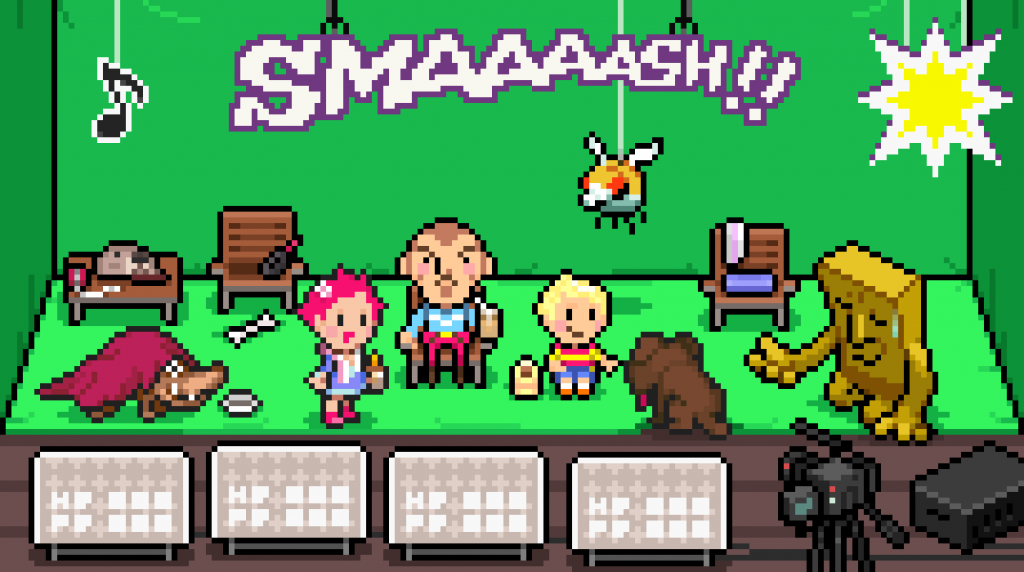
Live A Live is a game that had a very similar story to Mother 3’s, one we’ve been seeing resolved more and more in recent years as niche JRPGs of the past finally see more western shores. Seiken Densetsu 3 finally came to the West as Trials of Mana. Ace Attorney did the seemingly impossible by localizing the Great Ace Attorney Chronicles. Even series like Tales whose status in the West was always on shaky ground seems to finally be footed firmly in a global market. While these are fine circumstances to invoke Mother 3’s name, it should be alongside celebration and encouragement.
This goes double, if not triple, for the series’ own games. The number of people who I saw explicitly or implicitly stating that “these aren’t the games we want” at EarthBound and EarthBound Beginnings’ Switch release is staggering, especially considering this IS a huge step for the series. They both saw release on VC before, yes, but that was on the unpopular Wii U, and EarthBound’s other recent releases on New 3DS and SNES Classic were also limiting in a way. For the first time they have a broader audience that can access them with ease — which, at this point, is really why we should be vying for the same to happen to Mother 3.
And we must not desecrate the series’ past games in that quest. EarthBound is one of the most important video games ever made. To imply that its rerelease is meant to be a distraction or placation does an immense disservice to its quality, legacy, and art. And while more archaic and difficult, EarthBound Beginnings is even more dismissed despite its similar greatness, one of the best NES RPGs and an equally important game in the artistic legacy of the entire medium. If all you can think of in the face of this news is “where’s Mother 3,” then you don’t really understand why wanting Mother 3 localized is important in the first place.
So many obscure games haven’t been localized over the years, left forgotten and unknown in the grand tapestry of the medium. Mother 3 was saved from this fate due to a dedicated and loving fanbase that has done its utmost to (rightfully) praise the game whenever it can. We should never give up on asking for it. I will always fantasize about the day it happens — the symbolic victory, the increased exposure, and the simple satisfaction of acknowledgment after so long — but until then, we must champion its cause beyond one name and for every piece of art that bears its fate. Because otherwise, we don’t deserve it.
Leave a Comment
